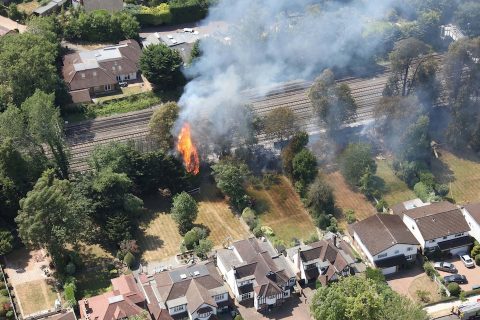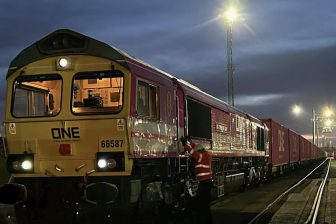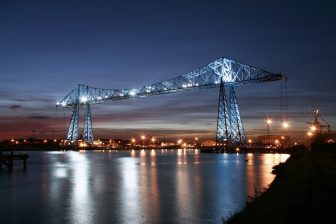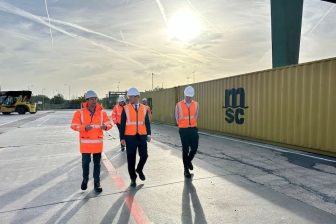
Britain faces decades of climate disruption says minister in the hot seat
A lineside fire on the ECML (Network Rail)
This week’s heatwave has put pressure on UK infrastructure like never before. The unprecedented closure of the East Coast Main Line, in the face of temperatures more akin to Spain than Stevenage, was the headline event that brought home the message. Especially to the transport secretary, Grant Shapps. Britain’s transport infrastructure is twentieth century at best, and unable to cope with the pressures faced in the twenty-first.
Do you want to read the full article?
Thank you for visiting RailFreight.com. Become a member of RailFreight Premium and get full access to all our premium content.
Are you already a member?
Having problems logging in? Call +31(0)10 280 1000 or send an email to customerdesk@promedia.nl.





“More resilent”, comparatives (new speach) is misleading and wrong! (Less vulnerable is the relevant.)
Truth is, that any technicality, timely (optimal) back at Shift 100 years ago, now has “expired best date”!…
Benefitting of high qual. steel, no longer Rail, at railway…, remains Weak Link – when/if track is timely, etc.
Timely infrastructure safely, with margin, is, when, with “height” – for the new normal!
(Devices, by air and by sea – and the trucks… – upgrade, for lower costs, etc.!)